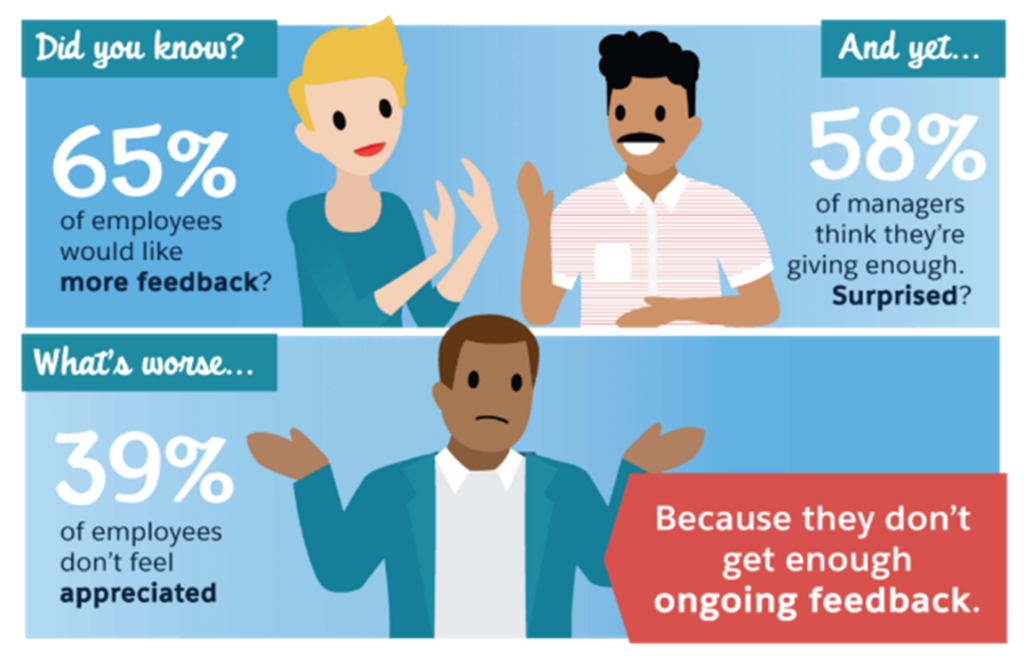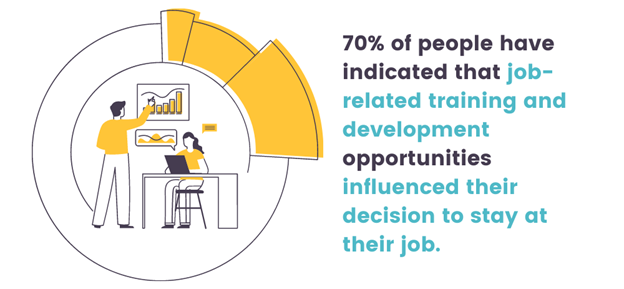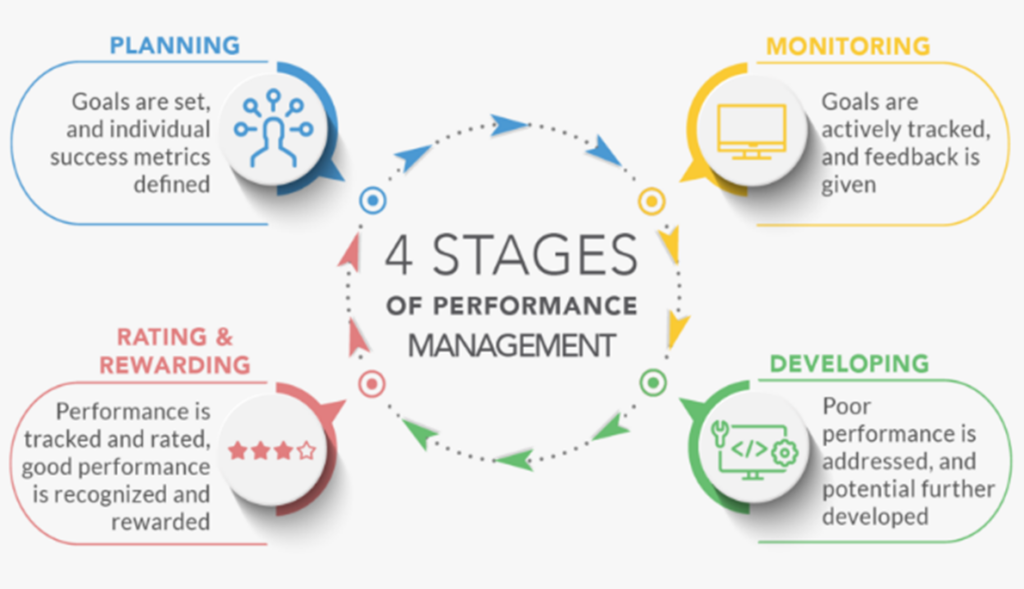In today’s competitive business landscape, organizations are continuously pursuing ways to unlock and maximize the capabilities of their workforce. This responsibility often falls on human resource professionals, Learning and Development (L&D) specialists, and managers who must address the essential question: How can we fully harness employee capabilities?
While the strategies to realize this goal may not be new, the challenge lies in their effective application. Combining various best practices can assist employees leverage their skills and expertise to the fullest.
Understanding Employee Potential Through Skills Profiles and Feedback

A successful way to understand and maximize employee potential is by building comprehensive skills profiles.
These profiles grant visibility into both current and hidden abilities. When combined with regular 360-degree feedback, which features individual strengths and weaknesses, organizations can better operate their talent pool.
This data-driven approach serves as a robust foundation for identifying areas where employees can advance and excel in their commitments in the organization
Ensuring the Right Role Fit
It is common for employees to be in positions that do not fully utilize their skill sets. This mismatch can occur when key skills are underutilized, or when employees have outgrown their current positions but lack opportunities to advance.
By aligning employees with new opportunities—such as projects, cross-departmental initiatives, or new roles—organizations can create an environment where individuals apply their high-demand skills.
This alignment not only fosters growth but also enables the organization to capitalize on employee potential

Strategic Career Pathing
Career pathing is a strategic process that maps out how employees can progress from their current roles to achieve long-term career goals within the organization. This structured approach is essential for professional development as it sets clear goals, identifies necessary skills, and highlights relevant opportunities for advancement.
Unlike the traditional career ladder, career pathing offers flexibility by allowing lateral and cross-departmental moves, in addition to vertical progressions. This flexibility is crucial because it helps employees explore the full depth of their skill sets, even if they are not perfectly matched to their current roles. Career pathing enhances engagement, motivation, and productivity while reducing turnover.
Personalized Learning and Development (L&D)

Customized L&D programs are crucial for retaining employees and unlocking their potential. Tailoring training to meet individual needs and aspirations ensures that employees develop the most relevant skills. A skills-based approach to L&D allows companies to identify gaps and align each employee with the right growth opportunities.
Modern L&D strategies should include dynamic and informal learning opportunities, such as mentoring, coaching, peer-to-peer learning, job shadowing, and temporary cross-departmental projects. Additionally, organizations should invest in upskilling to ensure employees are equipped with the necessary competencies to thrive now and in the future, reducing the risk of skill gaps and redundancy due to technological advancements.
Modern Performance Management

Traditional performance management systems, characterized by annual reviews and a focus on past performance, are insufficient.
Modern performance management is a continuous, future-focused process that emphasizes skill development and regular feedback.
Through periodic check-ins and manager-employee interactions, organizations can support employees throughout their professional development and make timely adjustments as needed.
This proactive approach ensures that employees remain engaged and aligned with organizational goals, fostering an environment where their potential can be fully realized.
Cultivating a Culture of Continuous Learning and Growth
Creating a culture centered on continuous learning and a growth mindset is another key strategy for maximizing employee potential.
This culture should align personal development with organizational goals, promote curiosity, experimentation, and collaboration, and make learning opportunities transparent and accessible.
Investing in the development of leaders who adopt a coaching approach is essential, as they play a pivotal role in nurturing employee growth. Organizations should actively seek and act on employee feedback regarding culture and learning opportunities to create a supportive environment that encourages continuous improvement.

Recognizing and Rewarding Achievements
Recognition and rewards are fundamental to maintaining a positive work environment. Acknowledging even small achievements can keep employees motivated and inspired to strive for more. Recognition can take many forms, from verbal praise and employee awards to tangible rewards such as gifts and social events. By celebrating both individual and team successes, organizations demonstrate their commitment to appreciating and valuing their workforce.
The Role of Leaders in Maximizing Employee Potential
Leaders and managers play a crucial role in maximizing employee potential. They must embody professionalism, integrity, and a strong work ethic to serve as role models. Beyond this, leaders should take on the role of mentors, offering guidance, sharing experiences, and helping employees navigate challenges.
Leaders should also foster emotional intelligence and soft skills, such as self-awareness, empathy, and effective communication. These abilities enable leaders to connect with their teams, manage emotions, and resolve conflicts, creating a supportive environment for employee development.
Overall, unlocking employee potential requires a multifaceted approach that includes aligning talent with the right roles, providing strategic career pathing, offering personalized learning opportunities, and fostering a culture of continuous learning. By adopting modern performance management practices and recognizing achievements, organizations can create an environment where employees thrive. Leaders can lead and play a critical role in this journey by serving as mentors and role models who inspire growth and development.





